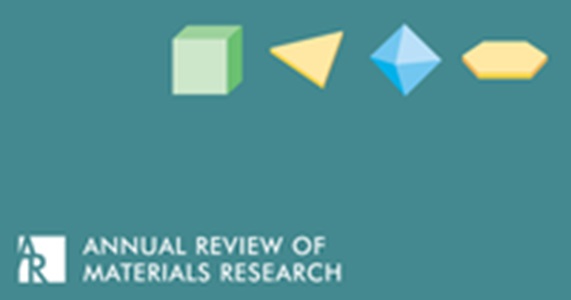Oxygen Redox in Alkali-Ion Battery Cathodes
IF 10.6
2区 材料科学
Q1 MATERIALS SCIENCE, MULTIDISCIPLINARY
引用次数: 0
Abstract
Current high-energy-density Li-ion batteries use stoichiometric Li 3d transition metal oxides as positive electrodes, which are conventionally described purely by transition-metal redox during routine operating windows. Their practical specific capacities (mAh/g) may be increased by widening their operational voltage window, using Li-excess compositions, or a combination of the two, both of which have shown increasing evidence of O participation in the charge-compensation mechanism. Understanding how this influences the electrochemical performance of these cathodes has been of great interest. Therefore, this review summarizes the current understanding of O participation in alkali-ion battery cathode charge compensation. Particular scrutiny is applied to the experimental observations and theoretical models used to explain the consequences of O participation in charge compensation. The charge-compensation mechanism of LiNiO碱性离子电池阴极中的氧氧化还原作用
目前的高能量密度锂离子电池使用化学计量锂 3d 过渡金属氧化物作为正电极,在常规操作窗口期间,传统上只用过渡金属氧化还原法来描述。它们的实际比容量(毫安时/克)可以通过拓宽工作电压窗口、使用锂增量成分或两者结合来提高。了解这如何影响这些阴极的电化学性能一直是人们非常感兴趣的问题。因此,本综述总结了目前对 O 参与碱性离子电池阴极电荷补偿的理解。本综述对用于解释 O 参与电荷补偿后果的实验观察结果和理论模型进行了仔细研究。文章重新审视了 LiNiO2 的电荷补偿机制,强调了脱硫化过程中 O 孔形成的作用,并在更广泛的锂离子阴极背景下进行了讨论。
本文章由计算机程序翻译,如有差异,请以英文原文为准。
求助全文
约1分钟内获得全文
求助全文
来源期刊

Annual Review of Materials Research
工程技术-材料科学:综合
CiteScore
17.70
自引率
1.00%
发文量
21
期刊介绍:
The Annual Review of Materials Research, published since 1971, is a journal that covers significant developments in the field of materials research. It includes original methodologies, materials phenomena, material systems, and special keynote topics. The current volume of the journal has been converted from gated to open access through Annual Reviews' Subscribe to Open program, with all articles published under a CC BY license. The journal defines its scope as encompassing significant developments in materials science, including methodologies for studying materials and materials phenomena. It is indexed and abstracted in various databases, such as Scopus, Science Citation Index Expanded, Civil Engineering Abstracts, INSPEC, and Academic Search, among others.
 求助内容:
求助内容: 应助结果提醒方式:
应助结果提醒方式:


